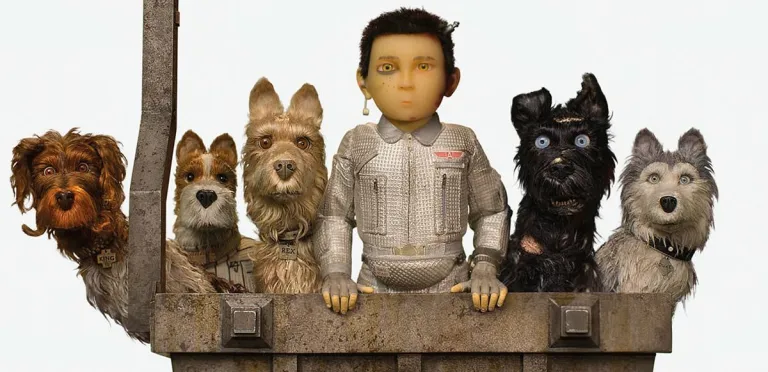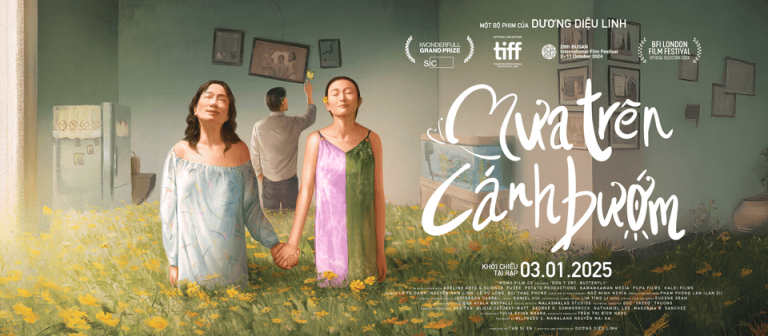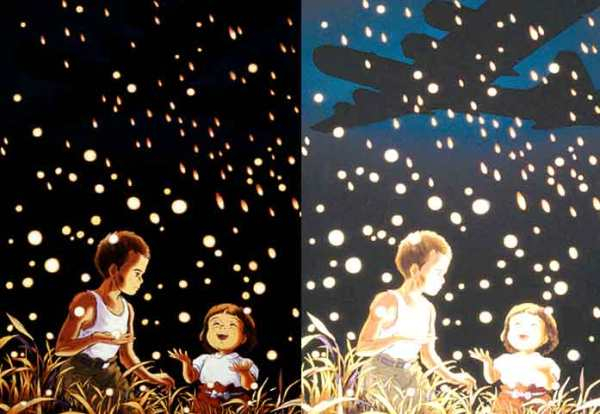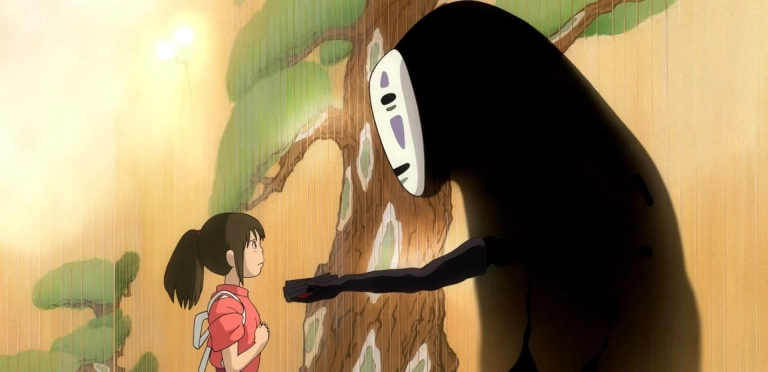Among cinephiles, Wes Anderson needs no introduction. The director is known for his one-of-a-kind filmmaking style—marked by symmetrical compositions in over 85% of his shots—and for blending comedy and drama in a way that’s unmistakably his own. His signature approach has earned him six Oscar nominations and acclaim for films like Moonrise Kingdom and The Grand Budapest Hotel. Returning to the world of stop-motion animation after the delightful Fantastic Mr. Fox, Anderson brings us Isle of Dogs, a visually striking and emotionally resonant tale of exiled dogs on a remote island.
Note: The following contains spoilers
Set in a Fictional Future Japan
The story unfolds in a futuristic, fictional Japan where dogs have overpopulated and contracted a canine flu. In response, the government issues a decree to exile all dogs to Trash Island—a barren wasteland. Once loyal companions and protectors of humans, the dogs now struggle to survive in harsh conditions, abandoned and unloved. But not all humans have turned their backs. A young boy named Atari bravely ventures to the island in search of his lost dog, Spots. His journey sparks a heartwarming and adventurous tale, joined by a group of misfit dogs.
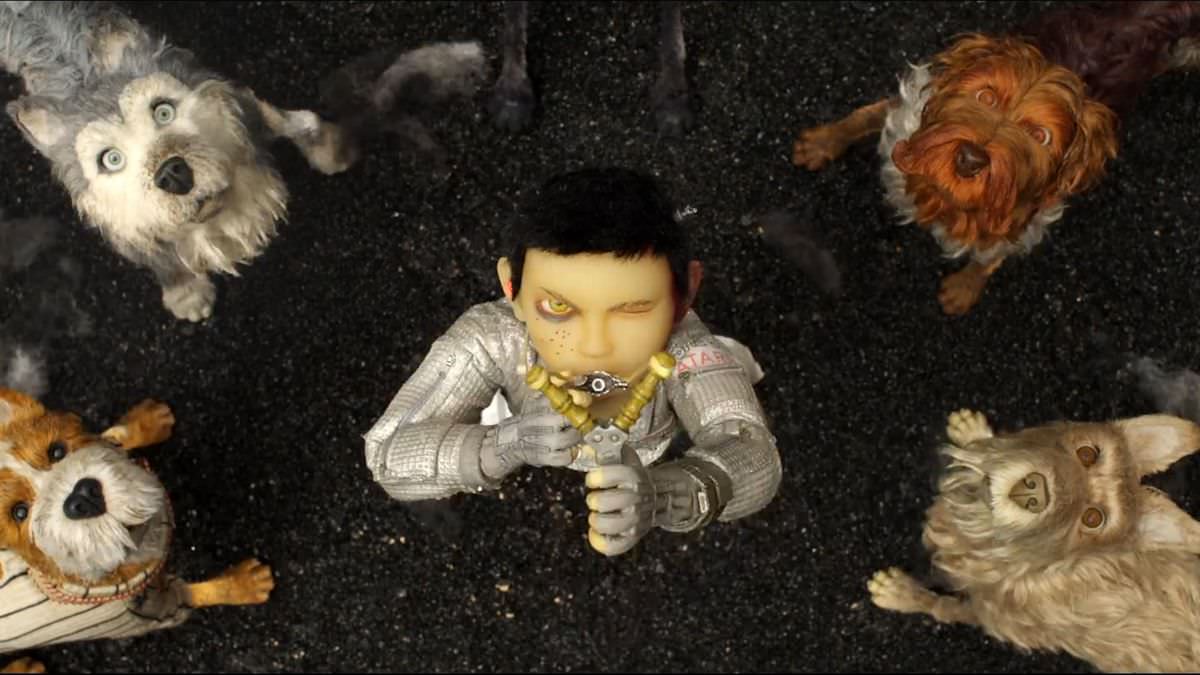
Humor, Humanity, and Heart
Like Anderson’s other works, Isle of Dogs is whimsical, unpredictable, and rich with ironic humor. The deadpan delivery and quirky character moments provide plenty of laughs, but beneath the wit lies a deeply human, touching narrative. This film especially tugs at the heartstrings of animal lovers—particularly dog lovers. It blends humor and pathos so seamlessly that you’ll laugh and tear up in equal measure, making it a truly fulfilling emotional experience.
That said, Anderson’s unique narrative rhythm may feel jarring to those unfamiliar with his style. Sudden twists, over-the-top coincidences, and whimsical logic can take newcomers by surprise. But fans of his work will feel right at home.
Visual and Technical Brilliance
True to Anderson’s signature, Isle of Dogs employs frontal, symmetrical shots that feel almost like storybook illustrations. The color palette is carefully curated—dominated by earthy browns that reflect the grim fate of the dogs, yet maintain a handcrafted charm. The film’s soundscape is equally distinctive, with a percussive score that builds urgency and emotion—especially the thunderous drums that punctuate key scenes.
Stop-Motion Animation at Its Finest
Anderson once again showcases his love for traditional animation techniques. While CGI has taken over most of modern animation, Isle of Dogs is painstakingly crafted with stop-motion—just like Fantastic Mr. Fox. Drawing comparisons to Kubo and the Two Strings, this film elevates the art of animation through detailed miniature sets and handcrafted puppets. Unlike Kubo, which blends stop-motion with digital effects, Anderson’s film also incorporates hand-drawn elements, practical lighting, and meticulous color work. The result? A truly unique and artisanal animated film.
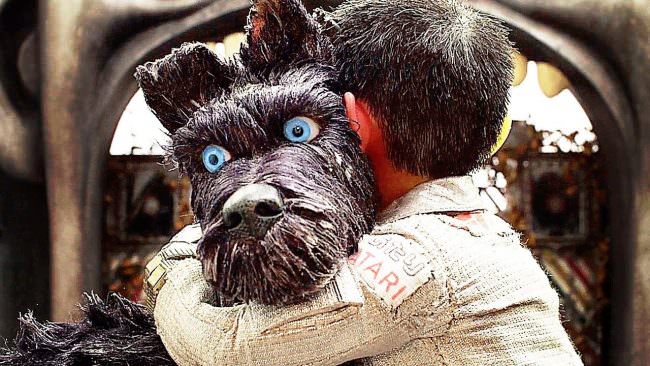
A Celebration of Japanese Culture
One of the film’s standout elements is its deep respect for Japanese culture. Set in Japan, it features Japanese voice actors and a bilingual script. The dogs’ dialogue is translated into English, while most human characters speak in Japanese—adding a layer of authenticity. Japanese motifs like sumo wrestling, samurai traditions, cherry blossoms, ramen, sushi, and even language structure enrich the film’s aesthetic and cultural texture.
In Japanese culture, dogs are more than pets—they’re loyal companions, protectors, and even guides. The story of Hachiko, the faithful dog who waited at Shibuya Station for his deceased owner until his own death, is a national symbol of loyalty. Anderson’s film pays homage to that spirit beautifully.
A Reminder of Our Responsibility
Yet, while Isle of Dogs celebrates canine companionship, it also serves as a subtle critique of how dogs are treated globally. In many parts of the world, dogs still suffer from neglect, abuse, theft, and are even consumed as food. In Vietnam alone, an estimated 3,106 dogs are killed annually to meet culinary demand.
Through its heartfelt narrative and rich symbolism, Isle of Dogs gently urges us to reflect on how we treat these loyal creatures. Perhaps it’s time to reconsider our relationship with man’s best friend—not as tools, not as food, but as companions who deserve love, care, and respect.

